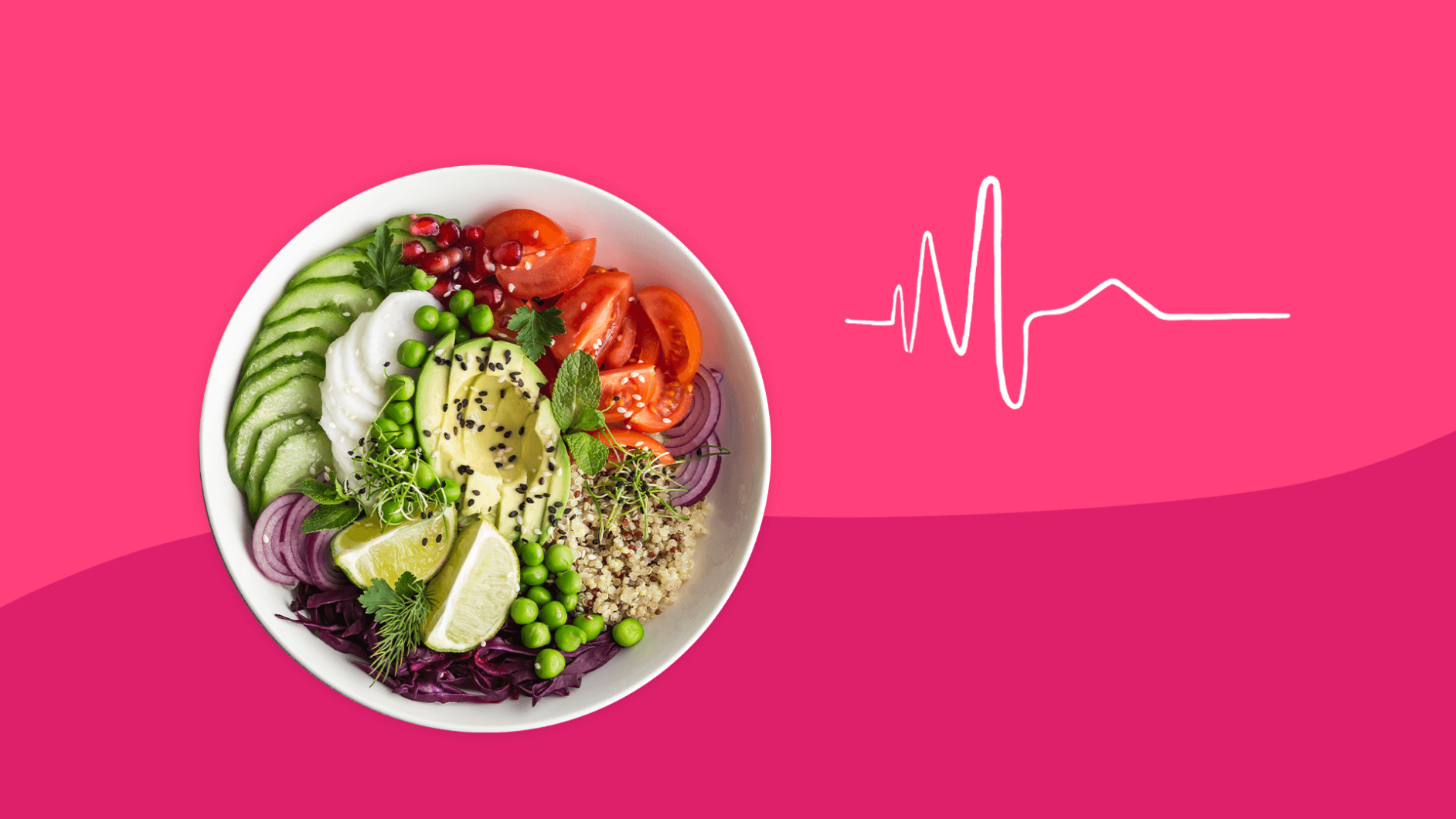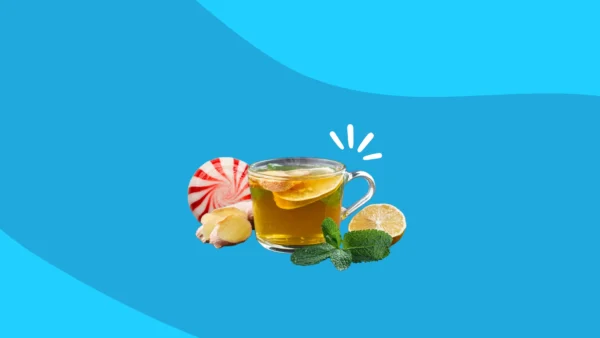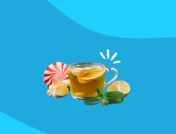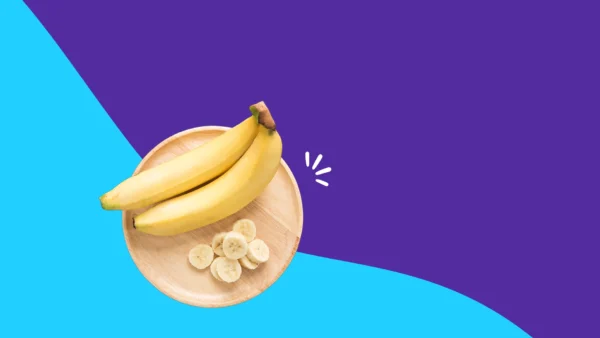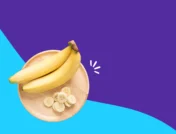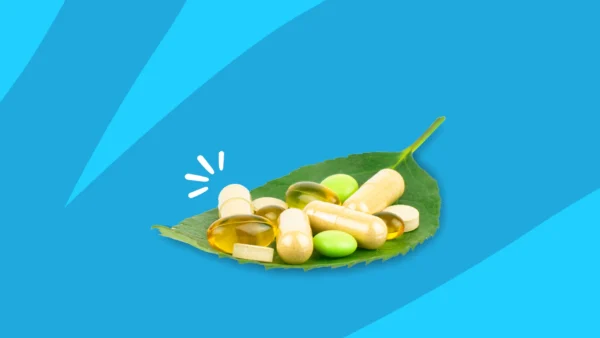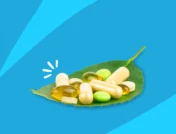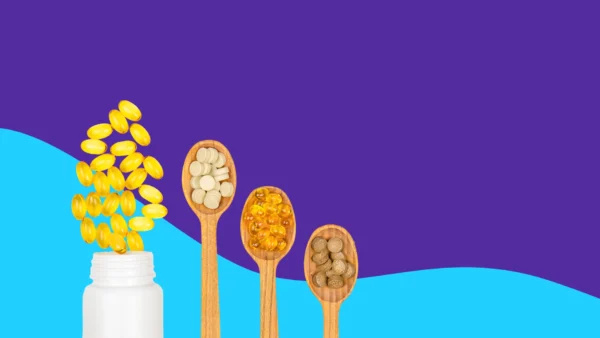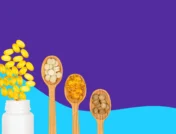Often, what causes high blood pressure is mysterious. It’s attributed to a mixture of family history, age, stress levels, lifestyle factors, and health conditions. What’s not so uncertain? The treatments for this common condition. If you’re diagnosed with hypertension, there are established methods to decrease your numbers. Avoiding certain foods and incorporating others can help you control your blood pressure.
Hypertension risk factors include smoking and alcohol use, an unhealthy diet that is high in sodium, excessive caffeine, obesity, heavy metal poisoning, certain birth control pills, and emotional stress, explains Carrie Lam, MD, co-founder and medical director of LAM Clinic in Tustin, California.
If you have hypertension, your healthcare provider may suggest lifestyle changes, such as following a healthy diet with a reduced salt intake and exercising regularly. These adjustments can help lower your blood pressure and can thereby decrease your risk of heart disease and other related health issues. True hypertension will not normalize with dietary changes and medications will be needed to lower your blood pressure.
What is the DASH diet?
Wondering what to eat to help lower blood pressure? The DASH diet, which stands for Dietary Approaches to Stop Hypertension, is one of the most effective dietary ways to lower your blood pressure. “The DASH diet is low in sodium (less than 2300 mg per day), high in fruits, vegetables and whole grains, and low in foods that are high in saturated fats. [It] has been ranked the healthiest overall diet by a panel of experts from U.S. News and World Reports,” says Jeff Landsman, MD, primary care provider at Mercy Personal Physicians in Lutherville, Maryland.
“Fish, chicken and vegetable protein (nuts, seeds and legumes) are highlighted as great choices, with an emphasis on the whole grains that provide so many of the unique dietary fibers that we need,” says Julie Miller Jones, Ph.D., emeritus professor of nutrition at St. Catherine University in St. Paul, Minnesota.
This high blood pressure diet, which has been studied for almost 30 years, is proven to both lower blood pressure and reduce the risk of nearly all chronic diseases. “In fact, in a recent meta-analysis that involved over 900,000 subjects, The DASH dietary pattern was associated with a nearly 20% decreased risk of cardiovascular disease, coronary heart disease, stroke, and diabetes,” says Jones.
What’s more, many people have success following the DASH eating plan because it contains the foods they’re used to, and it follows familiar eating patterns, which greatly improves their chance of long-term success.
What can I eat to lower my blood pressure immediately?
Are there foods that lower blood pressure quickly? Research suggests that eating nitrate-rich vegetables can help lower blood pressure for up to 24 hours. This lowering may not bring blood pressure into the normal range. It is important to check your blood pressures at home, and at the grocery store or pharmacy with the blood pressure goal of less than 135/85. Nitrate-rich vegetables should not be confused with nitrate-rich foods laden with preservatives.
When most people hear nitrate, the first thing they think of is processed meat because artificial nitrate is added to bacon, hot dogs, and salami for preservation. But preserved meats are actually foods that can cause high blood pressure.“When taken from animal sources, nitrate is converted into carcinogenic nitrosamine in your body, which is extremely harmful to your health,” Dr. Lam says. Nitrates from vegetables, fruits, and grains—on the other hand—are converted to nitric oxide in your body. Nitric oxide helps relax blood vessels and improves blood flow.
Research indicates that dehydration can impair blood vessel function, so drinking plenty of water daily to stay hydrated is a good rule of thumb to reduce blood pressure.
14 foods to eat
While there is no single food that you can eat to lower your blood pressure, a healthy eating plan that incorporates all of the necessary components can help. Good foods for high blood pressure include fiber from grains, fruits, vegetables and legumes, says Jones.
Whole grains provide minerals like magnesium, which works with the calcium in low-fat dairy to improve your health. Fruits and vegetables provide potassium. Potassium reduces the effect of sodium and decreases the tension in your blood vessels. These are all important to maintain good health and maximize blood pressure control.
RELATED: Does potassium affect your blood pressure?
The following potassium-rich foods promoted by the American Heart Association are among the best foods to lower blood pressure:
- Apricots
- Avocados
- Melons (cantaloupe or honeydew)
- Fat-free or low-fat dairy products
- Spinach and greens
- Fish (tuna and halibut)
- Legumes
- Molasses
- Mushrooms
- Oranges/orange juice
- Potatoes
- Prunes/prune juice
- Raisins and dates
- Tomatoes
“In some studies, flaxseed has been shown to lower blood pressure,” says Dr. Landsman. “Two tablespoons of ground flaxseed a day can actually lower blood pressure similarly to some common blood pressure medications.”
8 foods to avoid
Highly processed foods, saturated fats, salt, fried food, and excessive alcohol intake should be avoided. These can elevate blood pressure, according to Dr. Landsman.
Exceeding your recommended daily calorie intake is also bad for your blood pressure. Too many calories causes weight gain. “Excess weight elevates blood pressure,” Jones says.
Diets high in sodium, which is found in many smoked or cured foods and sauces, can also raise blood pressure. “A particularly bad combination for blood pressures are diets high in salt but low in potassium from fruits and vegetables, low in other needed minerals such as calcium from dairy products, and [low in] magnesium from whole grains and vegetables,” says Jones.
These foods should be avoided as they may raise your blood pressure:
- Processed meats such as bacon and hot dogs
- Canned foods with preservatives
- High-sodium foods such as pickles and potato chips
- Fried foods such as french fries and chicken strips
- Fatty meats, especially red meat
- Vegetable oil and margarine, which are high in trans fat
- Table salt
- Grapefruit*
*Note: Grapefruit and grapefruit juice can interact negatively with certain blood pressure medications. Consult a healthcare provider or dietitian about possible food-drug interactions before changing your diet.
Overall, to improve your heart health, eat a low-sodium diet including lean meat and less added sugars. Read food labels to help reduce your sodium intake and avoid foods with high sugar content, like certain salad dressings and fruit juices.
RELATED: How to lower cholesterol
Is fasting good for hypertension?
Does fasting lower blood pressure? Fasting can be beneficial if you have high blood pressure, because it may decrease your total sodium or calorie intake. “Recently, researchers from the Baylor College of Medicine showed that fasting also changes the gut microbiome in a way that promotes lower blood pressure,” says William Li, MD, President and Founder of The Angiogenesis Foundation and author of Eat to Beat Disease. “The mechanism is through higher levels of bile acids in the blood caused by fasting. Bile acids can help lower blood pressure.”
Intermittent fasting is a very popular trend. “Many people try limiting their intake of food to about an 8 hour window while fasting for 16 hours,” Dr. Landsman says. “This strategy may help with weight loss which could then help with lowering blood pressure.”
Although fasting may reduce blood pressure, the magnitude of reduction is less than it is with weight loss. Your blood pressure may increase dramatically if you eat poorly after breaking your fast. “Repetitions of fasting and feeding (i.e., yo-yo dieting or weight cycling) have been shown to increase blood pressure dramatically, even if only transiently,” says Glenn Gaesser, Ph.D., a fellow of the American College of Sports Medicine and professor at The College of Health Solutions at Arizona State University. “[Even] transient elevations in blood pressure may do harm to blood vessels.”
Other ways to lower blood pressure
In addition to a hypertension diet, there are other strategies to help decrease your blood pressure.
Exercise
Regular exercise is one of the best things you can do to lower your blood pressure. “Your initial goal should be at least 150 minutes per week of moderate intensity exercise,” says Dr. Landsman. “I often encourage my patients who are not yet exercising regularly to start with a daily walk and gradually build up on this.”
Dr. Gaesser recommends walking 3-5 times per week for 30-45 minutes or the equivalent in physical activities such as swimming, cycling, jogging to help maintain a healthy weight.
Supplements
Vitamins C, B2, and B9 can help lower high blood pressure. “A dietary supplement containing L-arginine, which produces nitric oxide—a potent vasodilator that widens blood vessels—can reduce blood pressure as well,” according to Dr. Li.
Medications
Medications are usually needed to control high blood pressure. “There are many different classes of blood pressure medications that are available,” Dr. Landsman says. “Often a patient will even need two or three medications to optimally control their blood pressure.”
Medications that lower hypertension include beta blockers, calcium channel blockers, and ACE inhibitors.
Let your healthcare provider know the names of all your other medications so medication interactions can be minimized. “A common adverse reaction is blood pressure running too low,” Dr. Landsman says. “This can lead to dizziness, lightheadedness, and falls…Other potential side effects and drug interactions can include edema (swelling), electrolyte abnormalities, kidney insufficiency.”
Foods can affect a medication’s efficacy as well. “Grapefruit can slow the metabolism of blood pressure medications, effectively increasing their concentration in the blood,” says Dr. Li. “This can lead to excessive lowering of blood pressure.”
When to see a doctor about high blood pressure symptoms?
High blood pressure often is present without any symptoms. So, if you are at the dentist or healthcare provider’s office and are told that your blood pressure is high, it is important for you to check your blood pressure regularly while not at a doctor’s office. When blood pressure is very high, it can cause headache, dizziness, unsteadiness, visual disturbances, shortness of breath, and chest pain. Chronic elevated blood pressure may have no symptoms and yet still cause decreased blood flow to vital organs. Over time this may cause dementia, blindness, heart failure, kidney failure, and (in males) impotence. “When these [symptoms] occur in someone with high blood pressure, it is important to see your doctor,” says Dr. Li. It’s always best to normalize blood pressure before these symptoms develop, so have your blood pressure checked regularly as part of an annual exam.
Lea este artículo en español aquí.
Sources
- DASH Dietary Pattern and Cardiometabolic Outcomes: An Umbrella Review of Systematic Reviews and Meta-Analyses, Nutrients (2019)
- Dietary nitrate provides sustained blood pressure lowering in hypertensive patients: a randomized, phase 2, double-blind, placebo-controlled study, Hypertension (2015)
- Hydration Status and Cardiovascular Function, Nutrients (2019)
- How Potassium Can Help Control High Blood Pressure, American Heart Association (2023)
- Grapefruit Juice and Some Drugs Don’t Mix, U.S. Food & Drug Administration



